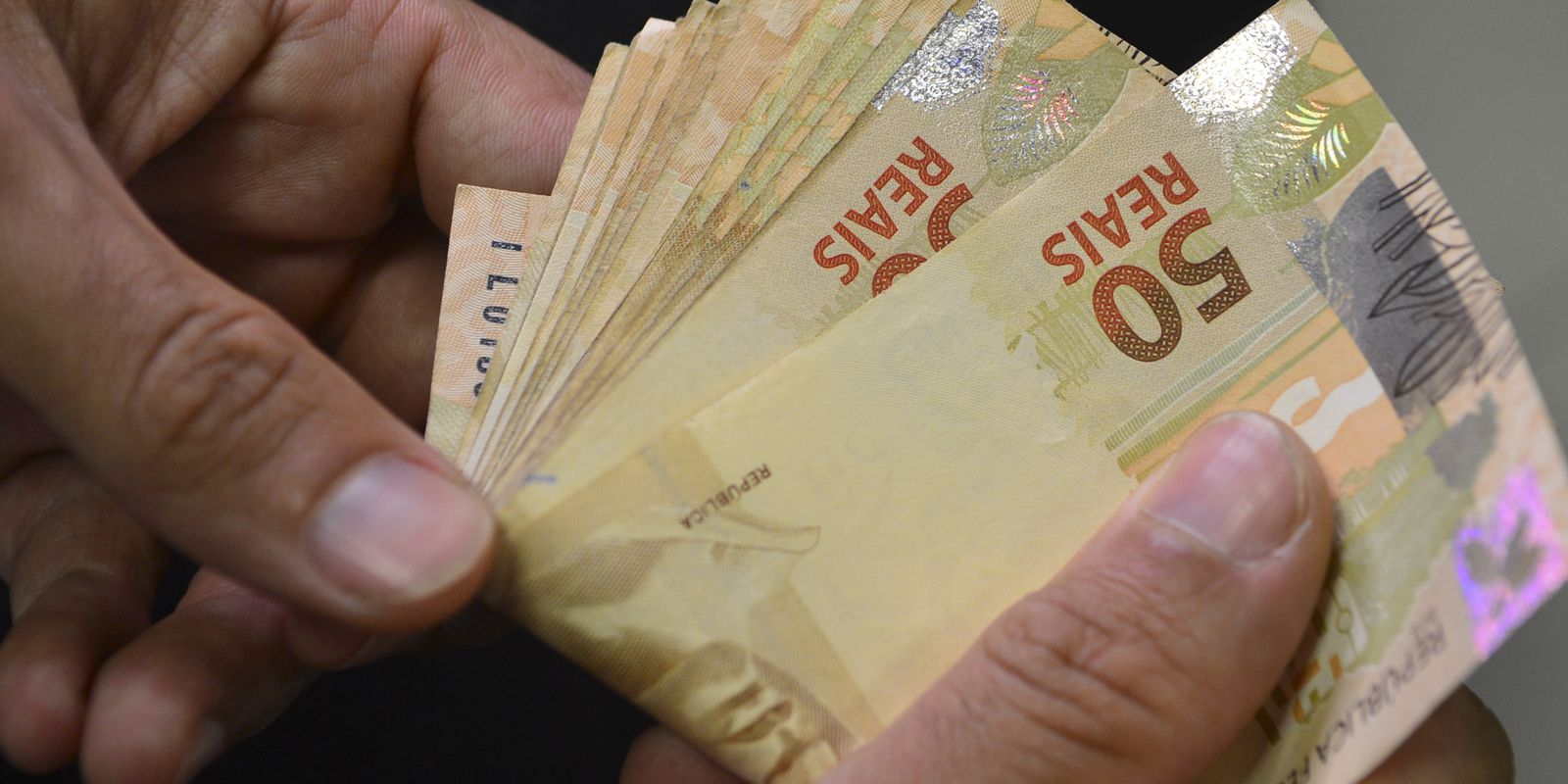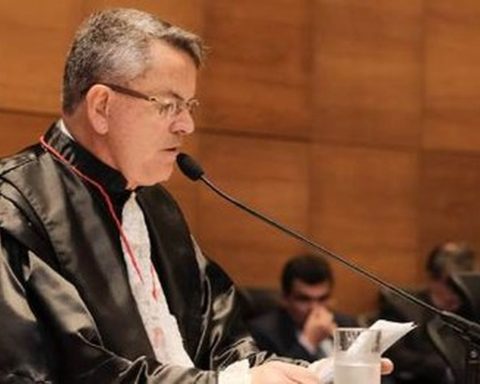The low volume of maturities and high interest rates and the dollar made the Federal Public Debt (DPF) rise in June. According to figures released today (27) by the National Treasury, the FPD increased from R$5.702 trillion in May to R$5.846 trillion last month, an increase of 2.51%.
The Treasury forecasts that the DPF will rise in the coming months. According to the Annual Financing Plan (PAF), presented at the end of January, the DPF stock should end 2022 between R$6 trillion and R$6.4 trillion.
Domestic Public Securities Debt (securities) (DPMFi) rose 2.18%, from R$5.476 trillion in May to R$5.595 trillion in June. Last month, the Treasury issued BRL 67.33 billion in bonds more than it redeemed, mainly in fixed-rate papers (with fixed interest rates) and in papers adjusted by the Selic rate (basic interest rates in the economy).
In addition to the net issuance, there was the appropriation of R$ 52.09 billion in interest. Through the appropriation of interest, the government recognizes, month by month, the correction of the interest levied on the bonds and incorporates the value into the stock of public debt. With the Selic rate (basic interest rates in the economy) rising since August of last year, interest appropriation increases.
Last month, the Treasury issued BRL 71.33 billion in DPMFi bonds. With the low volume of maturities in June, redemptions totaled just R$4 billion.
The dollar’s soaring in June also contributed to increase government indebtedness. External Federal Public Debt (DPFe) rose 10.56%, from R$226.27 billion in May to R$250.17 billion in June. The main factor was the 10.77% rise in the dollar last month.
High interest rates begin to have an impact on public debt. The average cost of issuance – how much the Treasury pays to place the bonds on the market – reached 12.03% per year in June. This is the highest level since May 2017. Higher costs indicate greater investor distrust in purchasing Treasury bonds.
Mattress
For the second month in a row, the public debt cushion (financial reserve used in times of turmoil or strong concentration of maturities) rose. This reserve increased from BRL 1.108 trillion in May to BRL 1.221 trillion last month, boosted by the payment of BRL 26.7 billion in dividends (distribution of profits) from state-owned companies to the National Treasury.
Currently, the mattress covers almost 1 year of public debt maturities. In the next 12 months, R$ 1.327 trillion in federal bonds is expected to mature.
Composition
The low volume of maturities changed little the composition of the FPD. The proportion of papers adjusted by basic interest rates fell slightly, from 36.80% to 36.69%. The PAF predicts that the indicator will close 2022 between 38% and 42%. This type of paper has once again attracted the interest of buyers because of the recent increases in the Selic rate.
The share of fixed rate bonds (with a yield defined at the time of issuance) remained stable, going from 27.21% to 27.23%. The PAF predicts that the portion of the Federal Public Debt corrected by this indicator will end the year between 24% and 28%.
The Treasury has launched fewer fixed-rate papers, due to the financial market turmoil in recent months. These bonds are in greater demand in times of economic stability.
The share of inflation-adjusted bonds in the FPD fell, from 31.8% to 31.55%. The PAF predicts that inflation-linked bonds will end the year between 27% and 31%.
Comprising old domestic debt securities adjusted in dollars and the foreign debt, the weight of the exchange rate on public debt increased from 4.18% to 4.53%. Public debt linked to the exchange rate is within the limits established by the PAF for the end of 2022, between 3% and 7%.
holders
Financial institutions continue to be the main holders of the internal Federal Public Debt, with a 30.1% share of the stock. Investment funds, with 23.6%, and pension funds, with 23.2%, appear next in the list of debt holders.
Due to the instability in the international financial market, the participation of non-residents (foreigners) fell from 9.1% in May to 8.9% in June, in a month marked by turmoil in foreign markets. This is the lowest level since December 2009. The other groups add up to 15% of participation, according to data collected in the month.
Through public debt, the government borrows money from investors to honor financial commitments. In exchange, it undertakes to return the funds after a few years, with some correction, which can follow the Selic rate (basic interest rates in the economy), inflation, the dollar or be fixed in advance (set in advance).

















